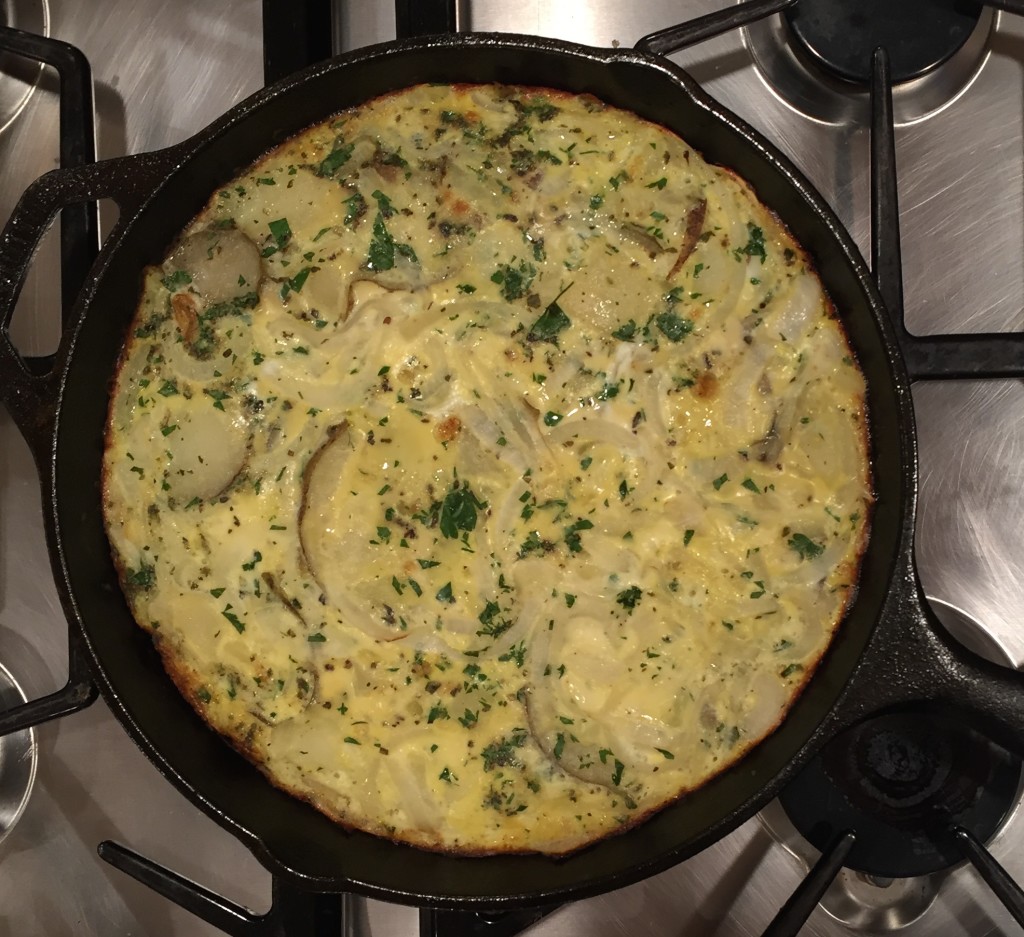Cast Iron Cookware
No one can say with certainty when cast iron was first used to make cookware, but we do know that simple cast-iron utensils were being used in China more than 2,000 years ago. As the casting technique spread throughout the world, different cast iron items were developed in different regions. In the Netherlands, the use of molds made with dry sand enabled the Dutch to create high-quality cast-iron cooking pots. The spread of these pots—along with the Dutch casting techniques that made them—helped establish these pots as “Dutch ovens.” In Japan, the popularity of drinking tea helped lead to the creation of ornate teapots called Tetsubin that remain popular even today.
In America, there is evidence that some metal casting was being done prior to the colonization of the region, but it was the Europeans who brought with them more advanced metal-casting techniques that truly introduced metal casting—and cast iron—to the Americas. The dependable material quickly earned its place in the new colonies, with cookware being one of the major uses for the metal. No home was complete without a cast-iron pot.
The 20th century also saw the introduction and popularization of enamel-coated cast iron cookware often seen in the “Dutch Oven” cast iron pot.
Cast iron fell out of favor in the 1960s and 1970s, as Teflon® non-stick cookware was introduced and quickly became the item of choice in many kitchens. Today, a large selection of cookware can be purchased from kitchen suppliers, of which cast iron comprises only a small fraction. However, the durability and reliability of cast iron as a cooking tool has ensured its survival, and cast iron cookware is still recommended by most cooks and chefs as an essential part of any kitchen.
Cast iron cookware does “leach” iron into food which can be a good thing for teenage girls and women who are menstruating and pregnant women, but not necessarily for post-menopausal women or adult men. Post-menopausal women and adult men only need 10mg or less a day and they easily get that amount of iron through their diet alone. Children do not generally need extra iron either, they too only need 10mg or less a day. A study published in the July 1986 issue of the Journal of the American Dietetic Association showed that cooking in cast iron skillets added significant amounts of iron to 20 foods tested. For example, the reserarchers reported that the iron content of three ounces of applesauce increased from 0.35 mg to 7.3 mg and scrambled eggs increased from 1.49 mg to 4.76 mg of iron.
On the other hand, this extra iron can be a disadvantage for people who get an overabundance of iron in their diet. It is a particular risk for those with an inherited metabolic disorder called hemochromatosis or Iron “overload” disease in which a person’s iron absorption is abnormally high. Symptoms that could indicate iron overload include joint pain, heart palpitations, stomach pain, fatigue, impotence, and loss of menstrual period. Hemochromatosis is believed to affect as many as one million Americans.
When choosing cast iron cookware, look for products with a fine, smooth surface, which will take better to seasoning. Avoid pots and pans with pits, cracks, ridges, seams, chips and jagged edges.
Be sure to season your cast iron cookware before you use it. Coat the inside and out with vegetable oil then place it in a 350˚ oven with a sheet pan or foil underneath to catch drips. Let “bake” for one hour, then cool the pan completely in the oven. You may want to repeat a few times before using your new cookware. The seasoning process will make the cooking surface of your pots and pans “non stick”, if you don’t season, the surface will rust every time you wash the pan. The best way to clean cast iron is by rubbing it down with kosher salt and a kitchen towel while it’s still warm, then wiping it down with fat (flaxseed oil, vegetable oil or lard work well). Water is not the enemy of cast iron, unless you allow it to soak. Your safest bet is to scour, wash with water if necessary, and then dry and rub it down immediately.
You can use cast iron cookware for almost any cooking task. You can use it to sauté mushrooms, sear steaks, roast chicken, braise briskets, deep fry potatoes and even bake cornbread or a cake in it.
http://www.livestrong.com/article/279174-what-are-the-dangers-of-cast-iron-in-food/
http://whatscookingamerica.net/Information/IronCastIron.htm
http://www.quickanddirtytips.com/health-fitness/healthy-eating/is-it-safe-to-cook-in-cast-iron
https://en.wikipedia.org/wiki/Cast-iron_cookware
http://www.bonappetit.com/test-kitchen/cooking-tips/article/how-to-use-a-cast-iron-skillet
http://www.sailhome.org/Solutions/SayWhat/CastIron.html

